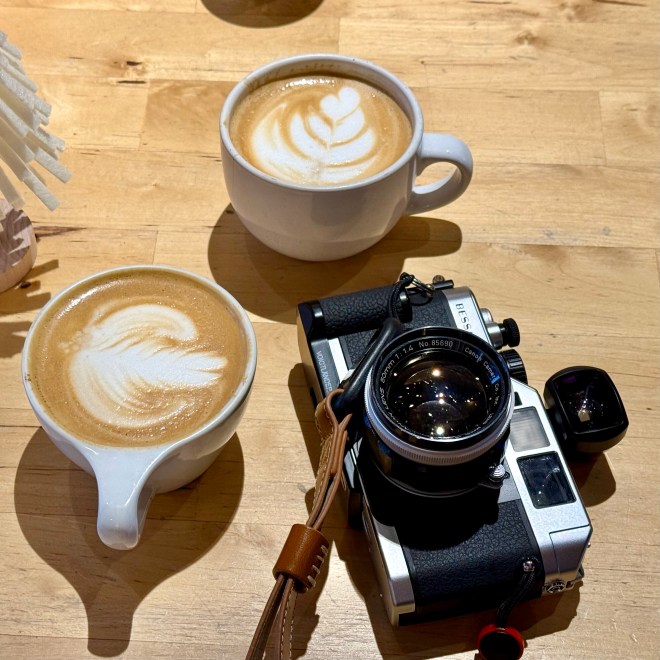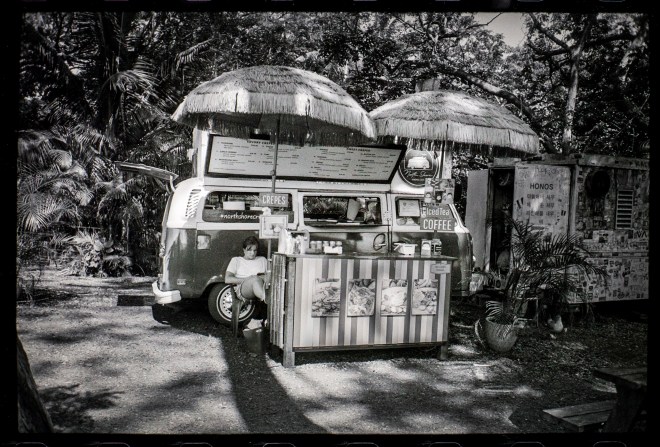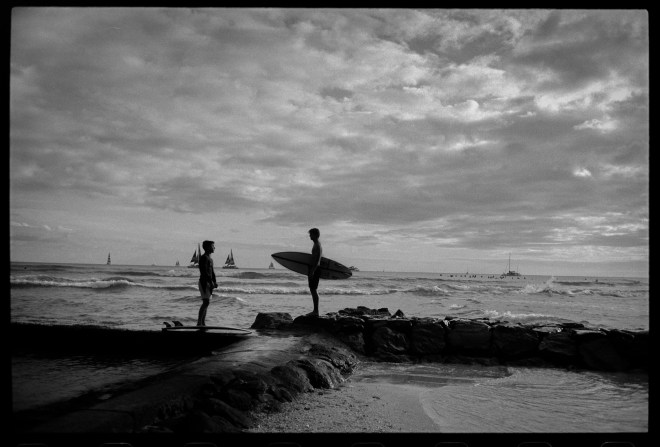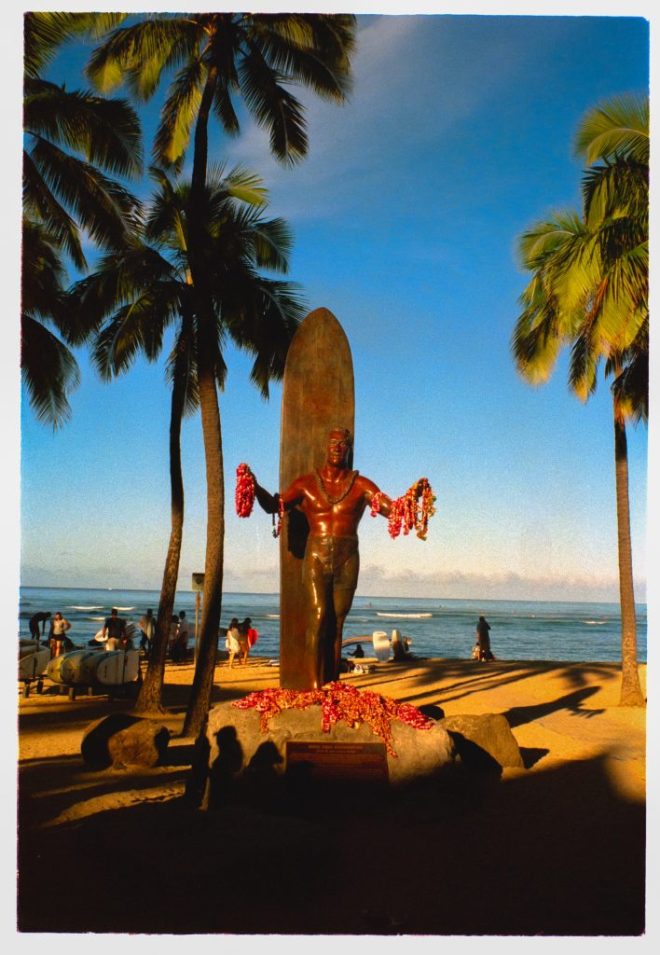
Voigtländer Bessa Rangefinder – A 2025 Review
In the often Leica-dominated world of 35mm rangefinders, the Voigtländer Bessa series has always stood out as a more approachable, modern alternative. Produced under Cosina in Japan from the late 1990s through the early 2010s, these cameras (notably the Bessa R, R2, R3, and R4 variants) offered film shooters a way into the rangefinder experience without draining a bank account. In 2025, they’ve become a fascinating bridge between the fully mechanical classics of the mid-20th century and the last wave of modern film bodies before digital took over.

Shooting with the Bessa
The Bessa experience is refreshingly straightforward. The build is lighter than a Leica M, but not flimsy—polycarbonate on a metal chassis keeps things durable without excessive weight. The ergonomics are clean, with a comfortable grip and logical control layout. Most models feature a bright rangefinder/viewfinder with multiple framelines, making composition quick and intuitive.
Paired with Voigtländer’s own modern LTM and M-mount lenses, or even classic Leica glass, the Bessa delivers sharp, contrasty results with the timeless rangefinder aesthetic. The shutter is vertical-travel and metal-bladed, a notable upgrade over older cloth designs, giving speeds up to 1/2000 sec and flash sync around 1/125 sec—practical advantages for bright daylight and fast film.
The metering system is straightforward and LED-based, making exposure decisions quick and reliable even for photographers just entering the rangefinder world.

Why It’s Still Appealing in 2025
With film photography continuing its niche resurgence, the Voigtländer Bessa has carved out a special place. Unlike older rangefinders from the ’50s or ’60s, the Bessa is recent enough that most examples are still in good working order without needing major restoration. They’re also considerably more affordable than Leica Ms while offering access to the same legendary M-mount lens ecosystem.
For photographers who want the tactile joy of rangefinder shooting—manual focus, parallax-corrected framelines, and compact lenses—the Bessa remains one of the best entry points. It feels modern enough for regular use while still rooted firmly in film tradition.

The Downsides
Of course, the Bessa isn’t perfect, and some trade-offs come with the lower price point:
- Build Quality vs. Leica – While sturdy, the lighter construction lacks the “brick-like” feel of a Leica. Long-term durability, especially in heavy professional use, can be a concern.
- Rangefinder Base Length – Shorter than a Leica M, which can make precise focusing with fast lenses (like a 50mm f/1.1 or 75mm f/1.4) more challenging.
- Electronics Dependency – Unlike fully mechanical classics, most Bessa models rely on batteries for their meter and shutter speeds, which introduces potential failure points as the years go on.
- Rarity & Prices Rising – With production long discontinued, good-condition Bessas are becoming harder to find, and prices are creeping up as collectors and shooters alike recognize their value.

Final Thoughts
In 2025, the Voigtländer Bessa rangefinder series remains one of the smartest buys for anyone seeking a practical, high-performing film rangefinder without paying Leica premiums. It combines usability, modern conveniences, and lens versatility in a package that still feels approachable for everyday shooting.
If you’re new to rangefinders, the Bessa is an excellent starting point. If you’re already deep in the Leica world, it’s still worth considering as a lighter, less precious body for travel or street work. Either way, the Voigtländer Bessa proves that you don’t need to spend a fortune to experience the magic of film rangefinder photography.